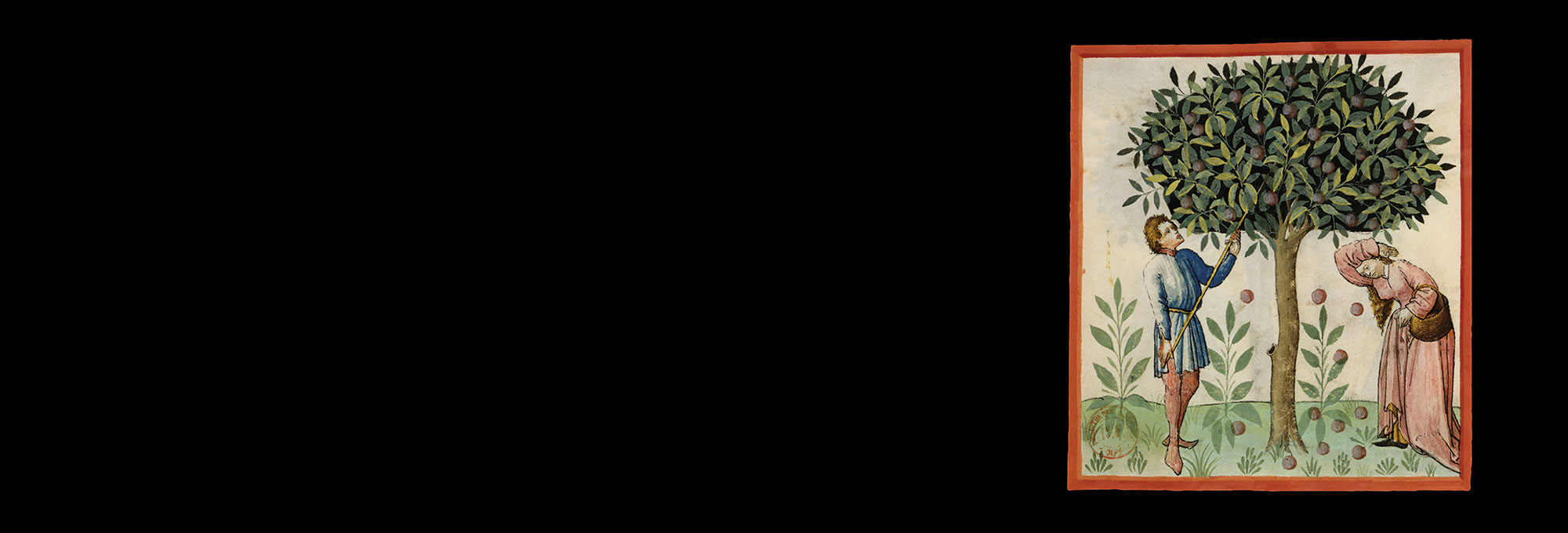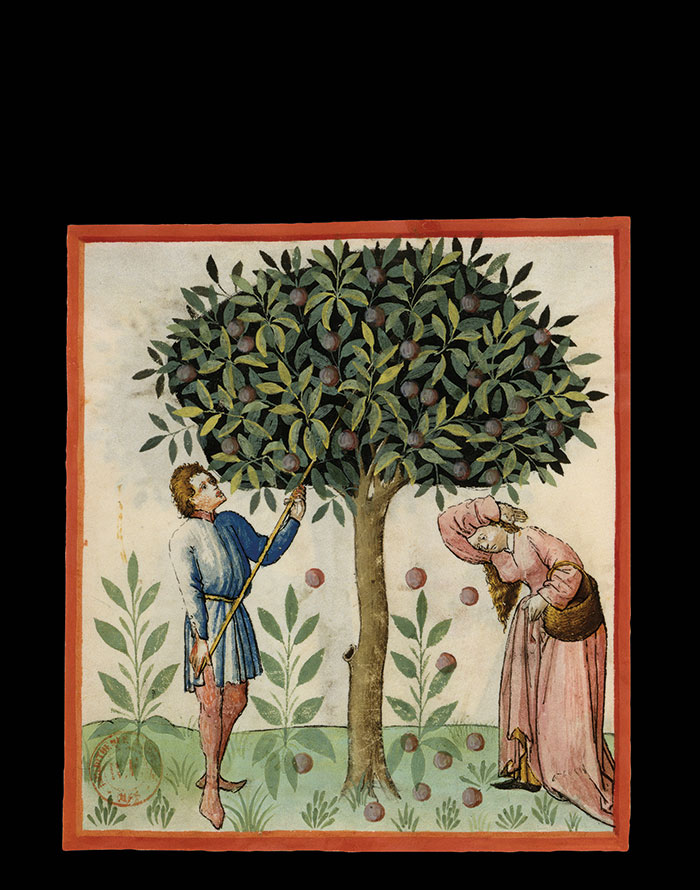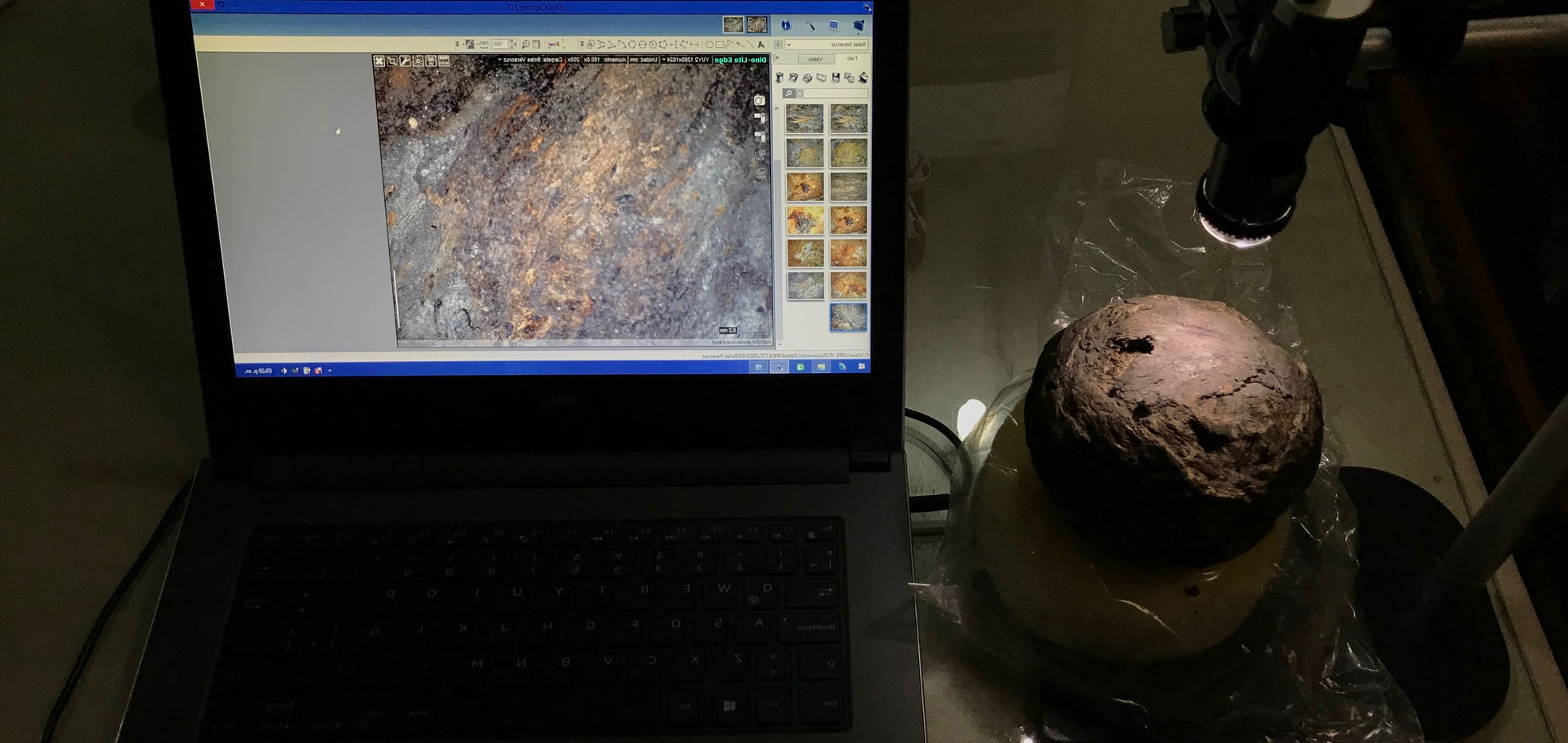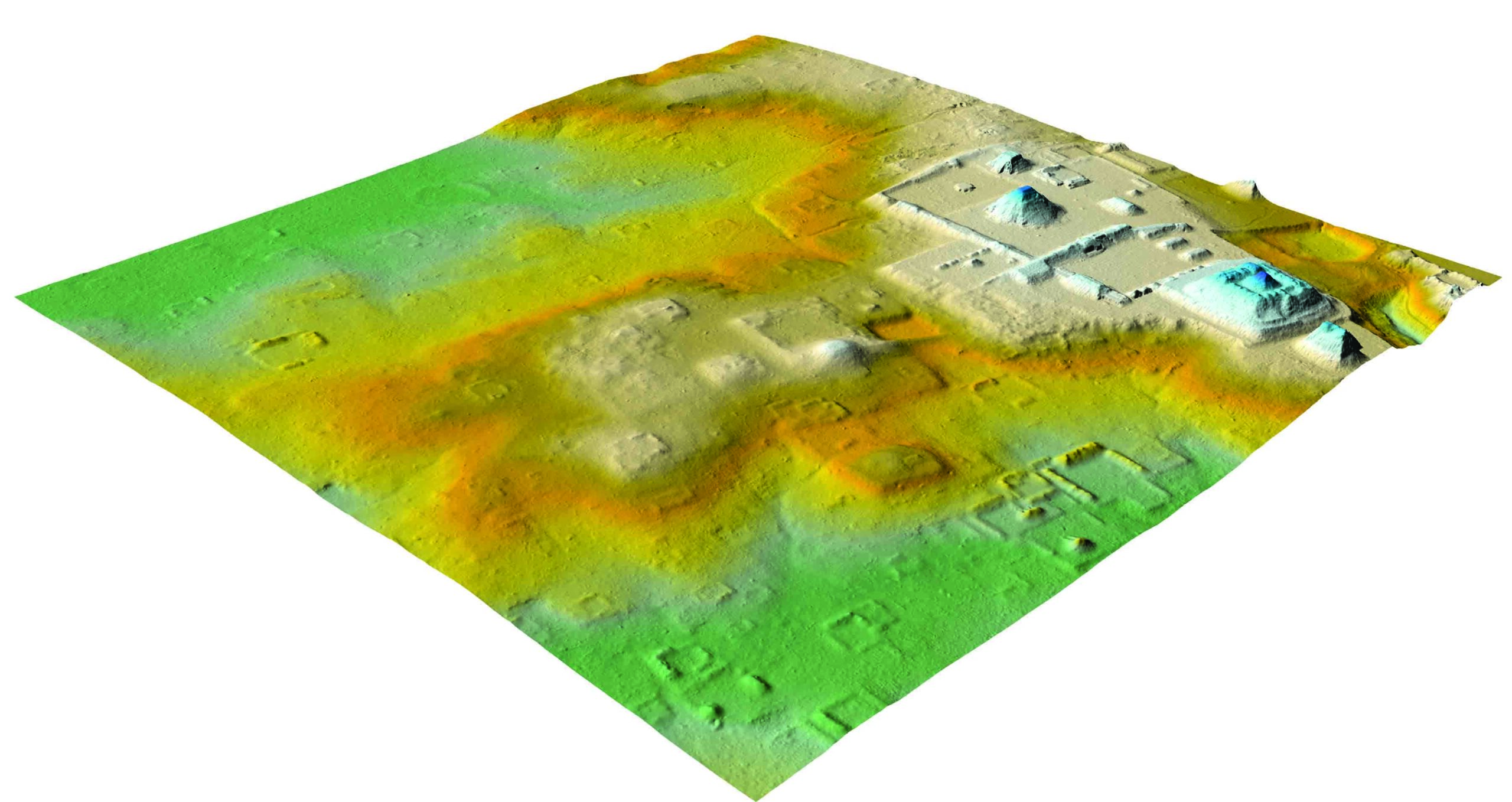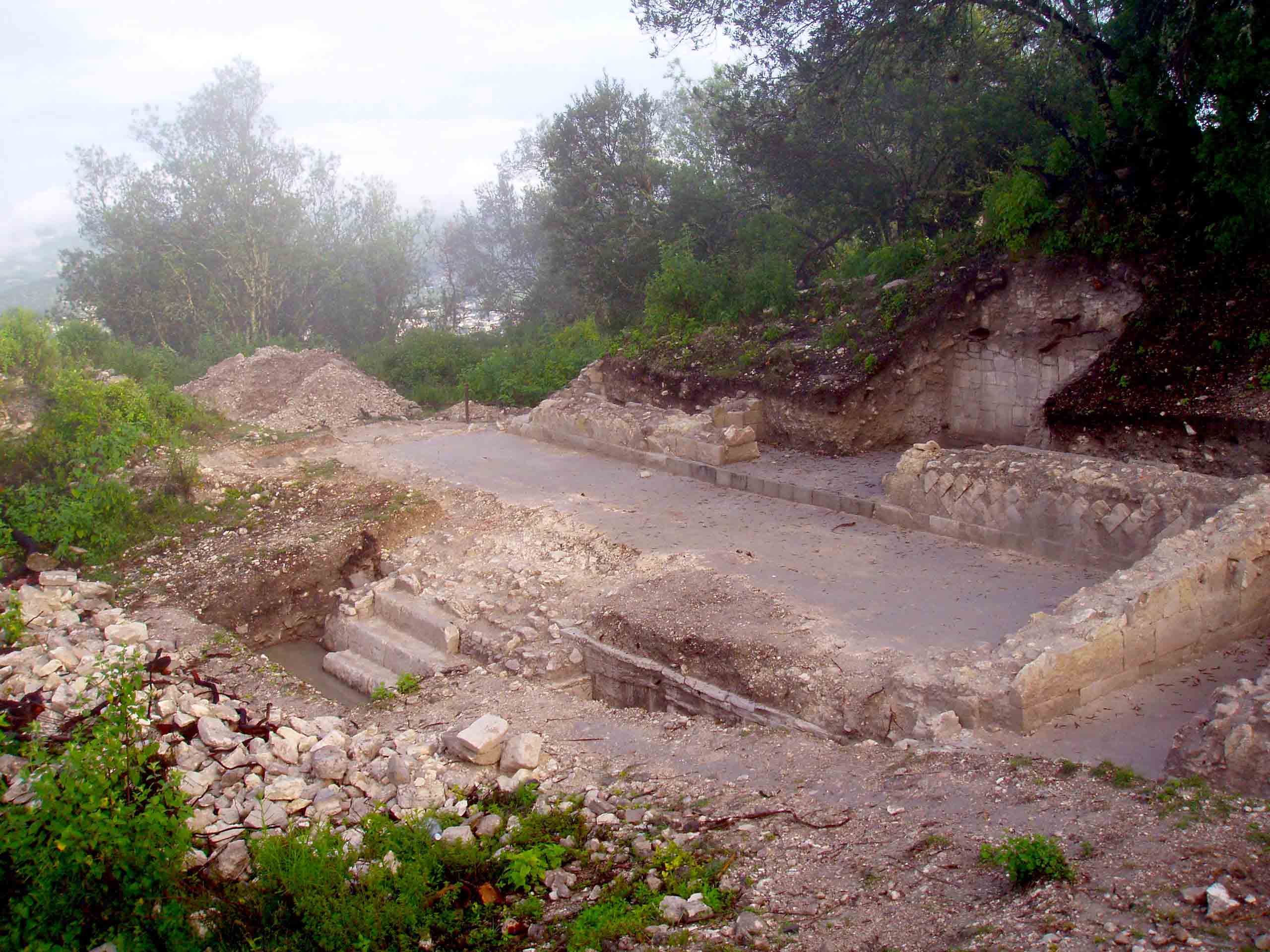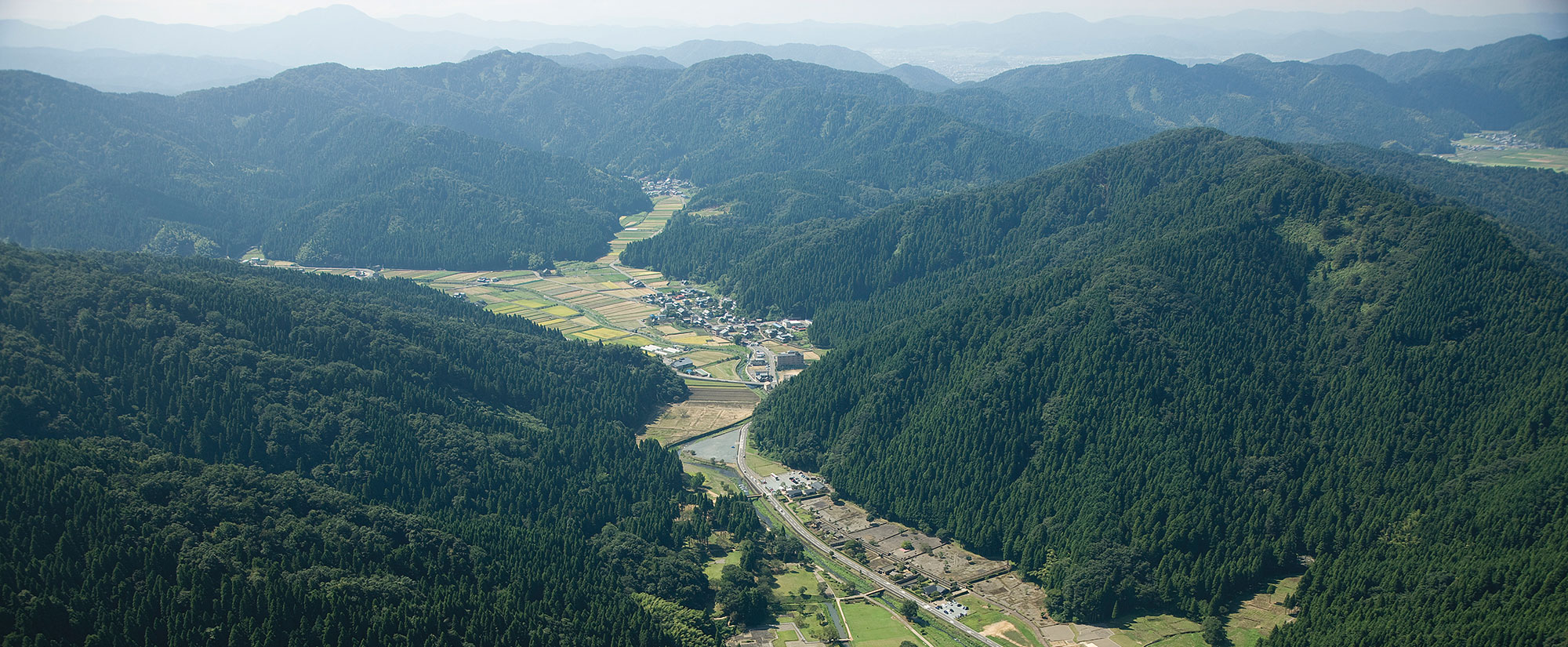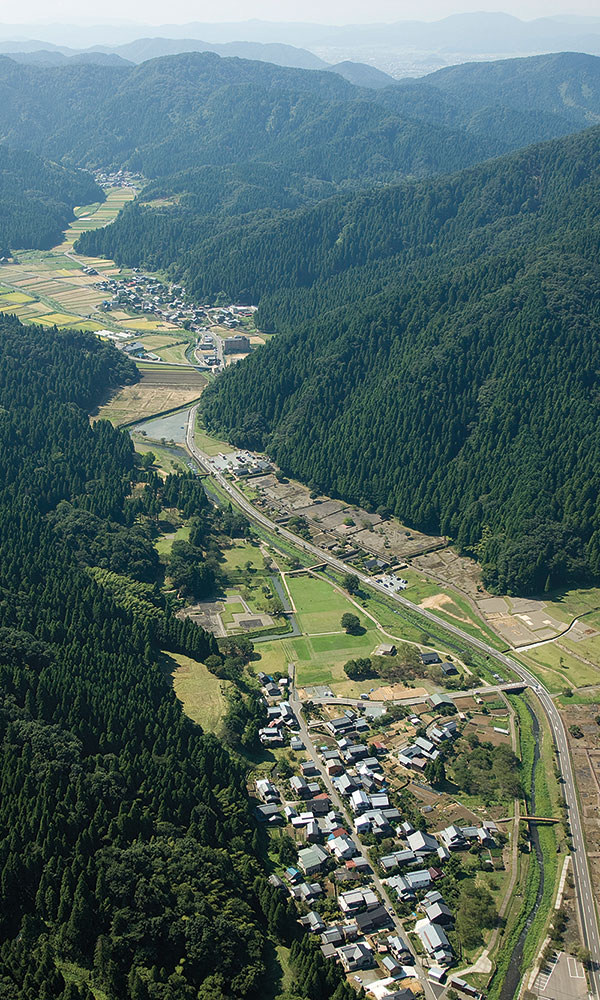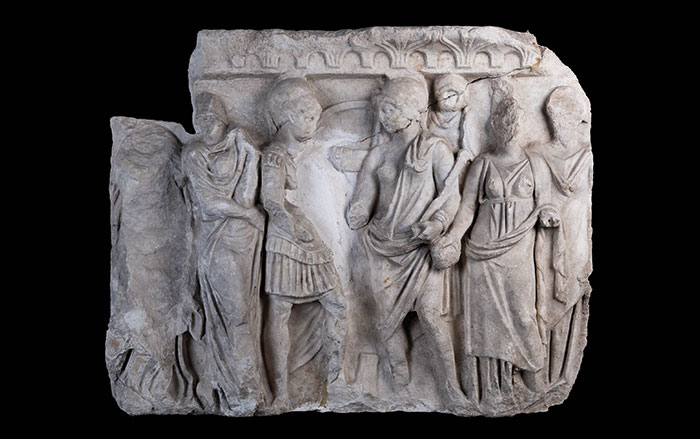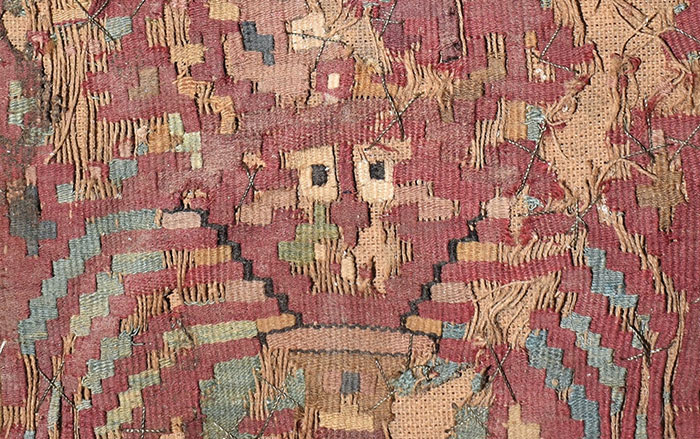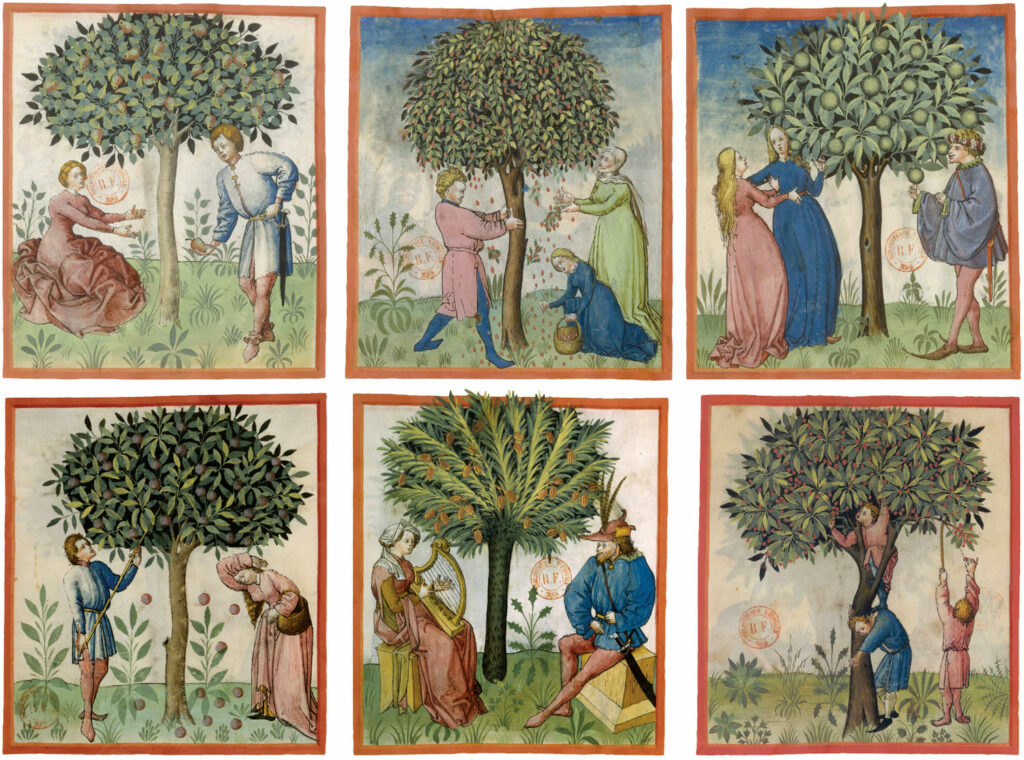
By 7,000 years ago, people in New Guinea were cultivating bananas. Around the same time, figs in the Near East and avocados in Mesoamerica were well on their way to becoming the fruits we savor today. People across the world consume an astonishing variety of fruits. These range from the smallest edible example—a neon green sphere produced by the Asian watermeal plant that measures less than the width of a pencil tip—to the largest, the 100-pound yellowish-green jackfruit. “The fruit we eat now is a result of people experimenting extensively for thousands of years,” says archaeobotanist Erica Rowan of Royal Holloway.
For archaeologists, evidence of ancient fruit opens unexpected pathways to understanding the past. “The seeds or pits of fruit are quite hardy and survive well in the archaeological record,” says Rowan. Studying fruit can give scholars glimpses of the ingenuity of ancient peoples—for example, some used figs preserved in honey as a source of precious calories during harsh winters. People of all eras, it seems, have coveted fruit as a welcome departure from ordinary fare. “Fruit was used as a source of sugar, nutrients, flavor, and lots of different textures,” says Rowan. “Fruit was everywhere, all the time. It has always been very important to people.”
-
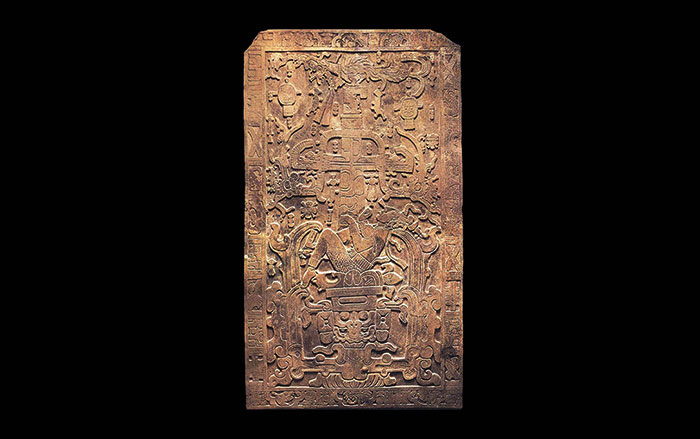 HIP/Art Resource, NY
HIP/Art Resource, NY -
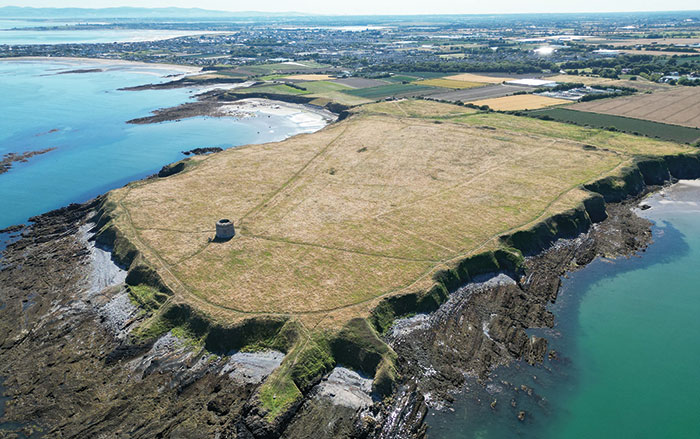 Courtesy Fingal County Council
Courtesy Fingal County Council -
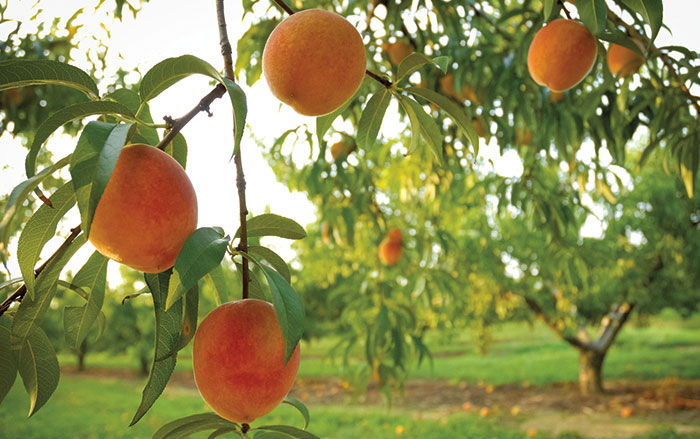 Allen Creative/Steve Allen/Alamy
Allen Creative/Steve Allen/Alamy -
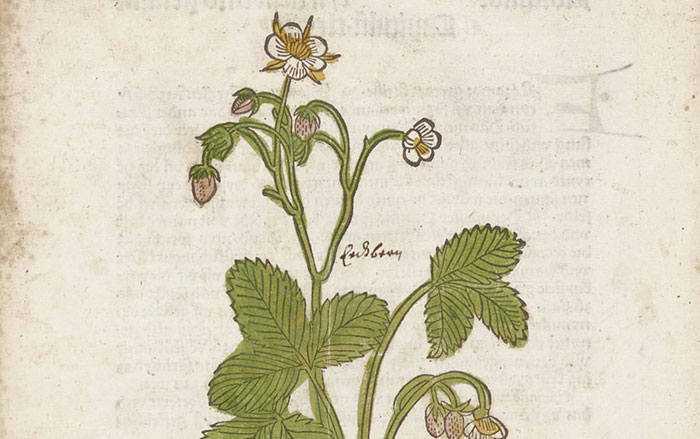 Minneapolis Institute of Art/The Minnich Collection, The Ethel Morrison Van Derlip Fund, 1966
Minneapolis Institute of Art/The Minnich Collection, The Ethel Morrison Van Derlip Fund, 1966 -
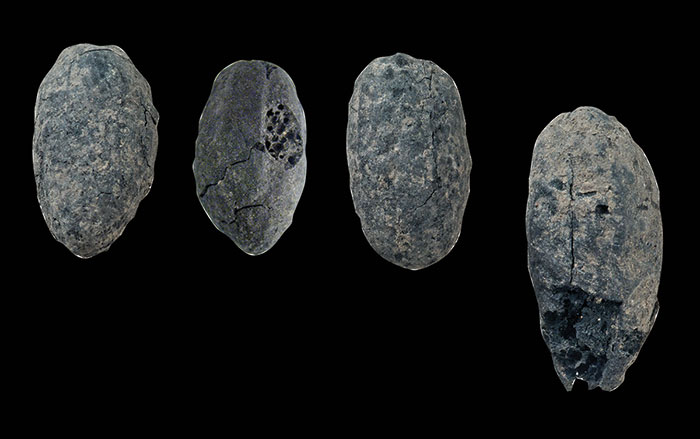 Courtesy Dragana Filipović
Courtesy Dragana Filipović -
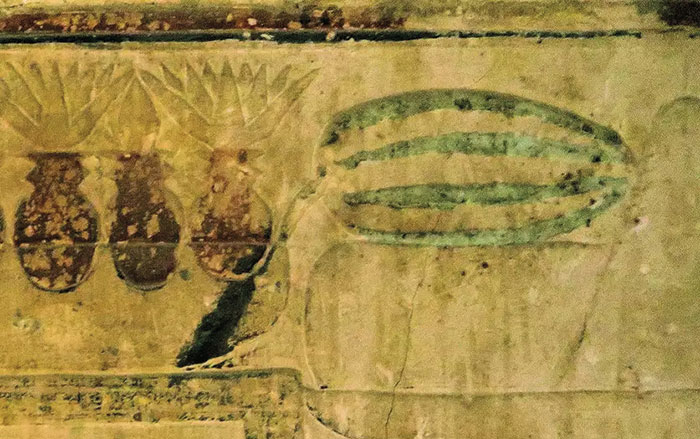 Courtesy Susanne Renner
Courtesy Susanne Renner -
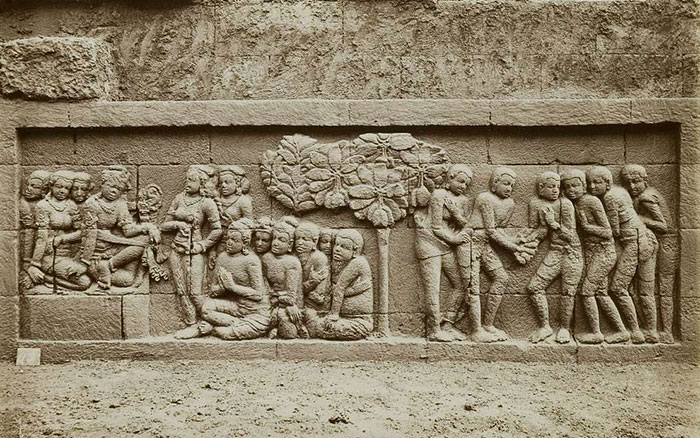 Photo by Kassian Céphas, courtesy Universiteitsbibliotheek Leiden / Public Domain
Photo by Kassian Céphas, courtesy Universiteitsbibliotheek Leiden / Public Domain -
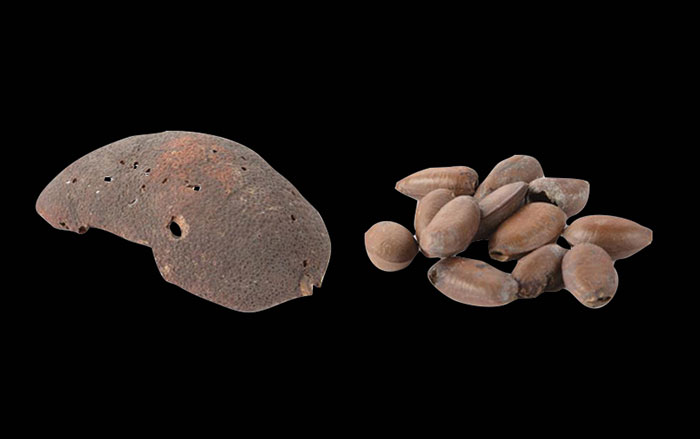 Photograph by Jamie North, courtesy Hyde Park Barracks Collection, Museums of History NSW
Photograph by Jamie North, courtesy Hyde Park Barracks Collection, Museums of History NSW


